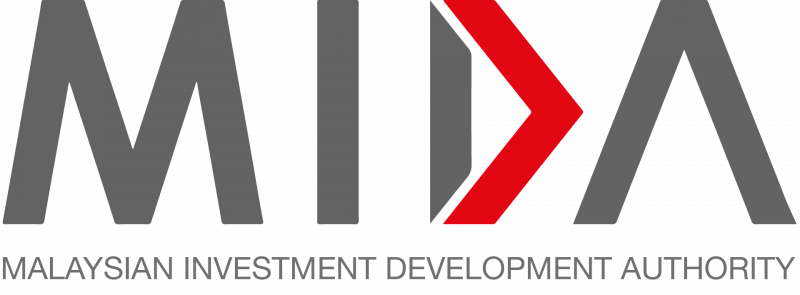Malaysia’s participation in multiple unilateral trade agreements could attract more investors to the country and benefit other Asean nations, an economic analyst said.
Putra Business School’s Assoc Prof Dr Ahmed Razman Abdul Latiff noted that Malaysia is the only Asean member actively participating in the Regional Comprehensive Economic Partnership (RCEP), the Comprehensive and Progressive Agreement for Trans-Pacific Partnership (CPTPP), and BRICS.
He explained that involvement in various agreements allows Malaysia to diversify its trading partners and expand its markets for goods and services.
“When you start to have greater cooperation with other trading nations, you can encourage them to invest not just in Malaysia but in the Asean region.
“So, it is a win-win (situation) for all, meaning you do not need just one particular country to make an effort; instead, every Asean member can leverage their connections to bring more investment to the region,” he told Bernama.
Ahmed Razman was interviewed ahead of his appearance on Bernama TV’s ‘Ruang Bicara’ programme, discussing “Asean Chairmanship 2025: Malaysia for Asean” yesterday.
He added, “It’s crucial to emphasise that greater collaboration doesn’t mean one country loses out if another attracts more investment. The goal is for the multiplier effect to benefit the entire region.”
Highlighting the potential benefits, he stated that Malaysia could attract more foreign direct investment, provided the country maintains political stability and streamlines policies to ensure technology transfer, mobility of human capital, and ease of funding across Asean members.
“Investors are looking for factors such as ease of doing business, low corruption, and political stability.
“These objectives must be pursued by each Asean member,” he added.
Source: Bernama
Malaysia’s trade deals to boost Asean investment, says analyst
Content Type:
Duration:


